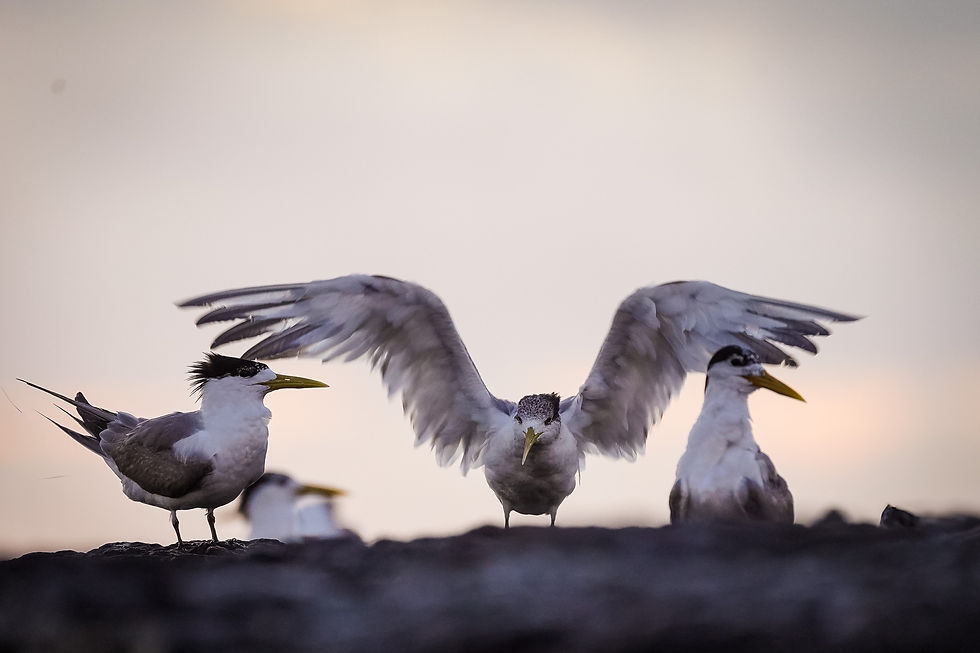
.png)
ACTIVITIES
Welcome to Capture the Wild, a Wildlife and Nature Photography Course by Live 4 Adventure!
This workbook is designed to inspire you to capture the beauty of wildlife while promoting conservation. Throughout the course, you’ll explore techniques for photographing wildlife in various contexts, with a focus on capturing the unique behavior, movement, and essence of animals at Byron Bay Wildlife Sanctuary.
Remember, our goal is not just to take stunning photographs but to tell meaningful stories about wildlife and nature.
.png)
Course Objectives
Understand the importance of wildlife conservation and how photography can promote it.
Learn techniques for capturing animal behavior, movement, and their natural environment.
Develop skills to use angles, lighting, and composition creatively.
Foster patience, respect, and ethical practices while photographing wildlife.







.png)

FAR NORTH COAST-WILD LIFE
Photography & Videography
A collection of local and endemic species of the fury to the scaley. Wallabies to whales and everything in-between treat your eyes and imagination to these wonderful creatures that call the area home.
.png)